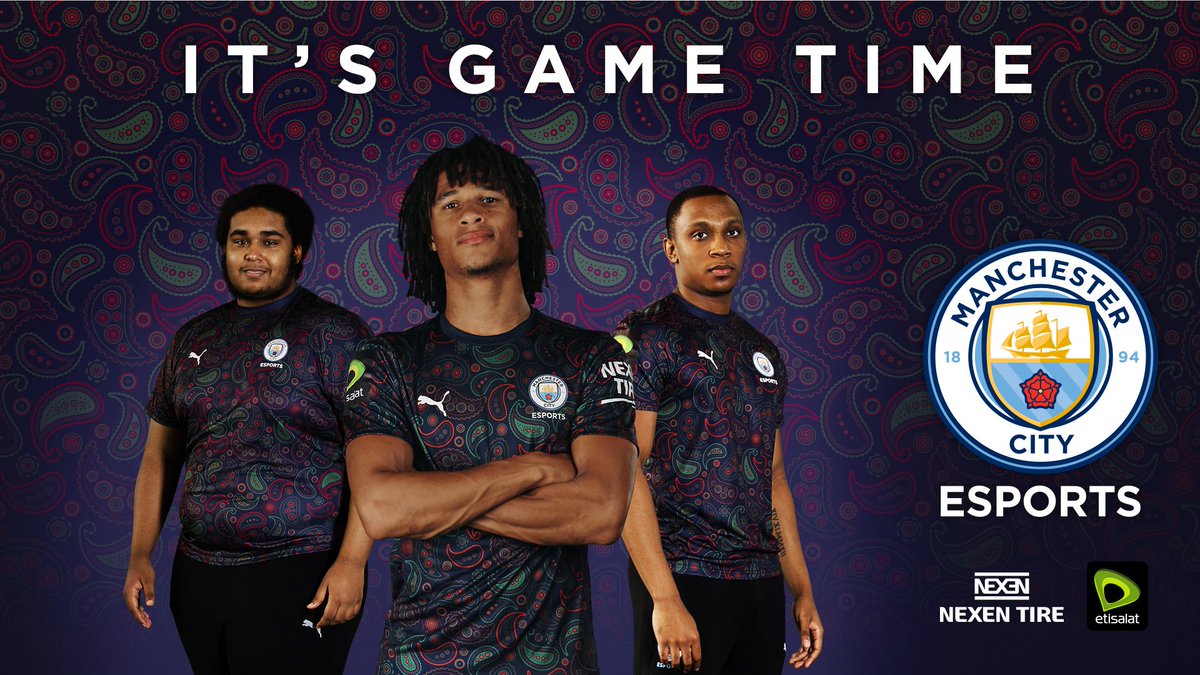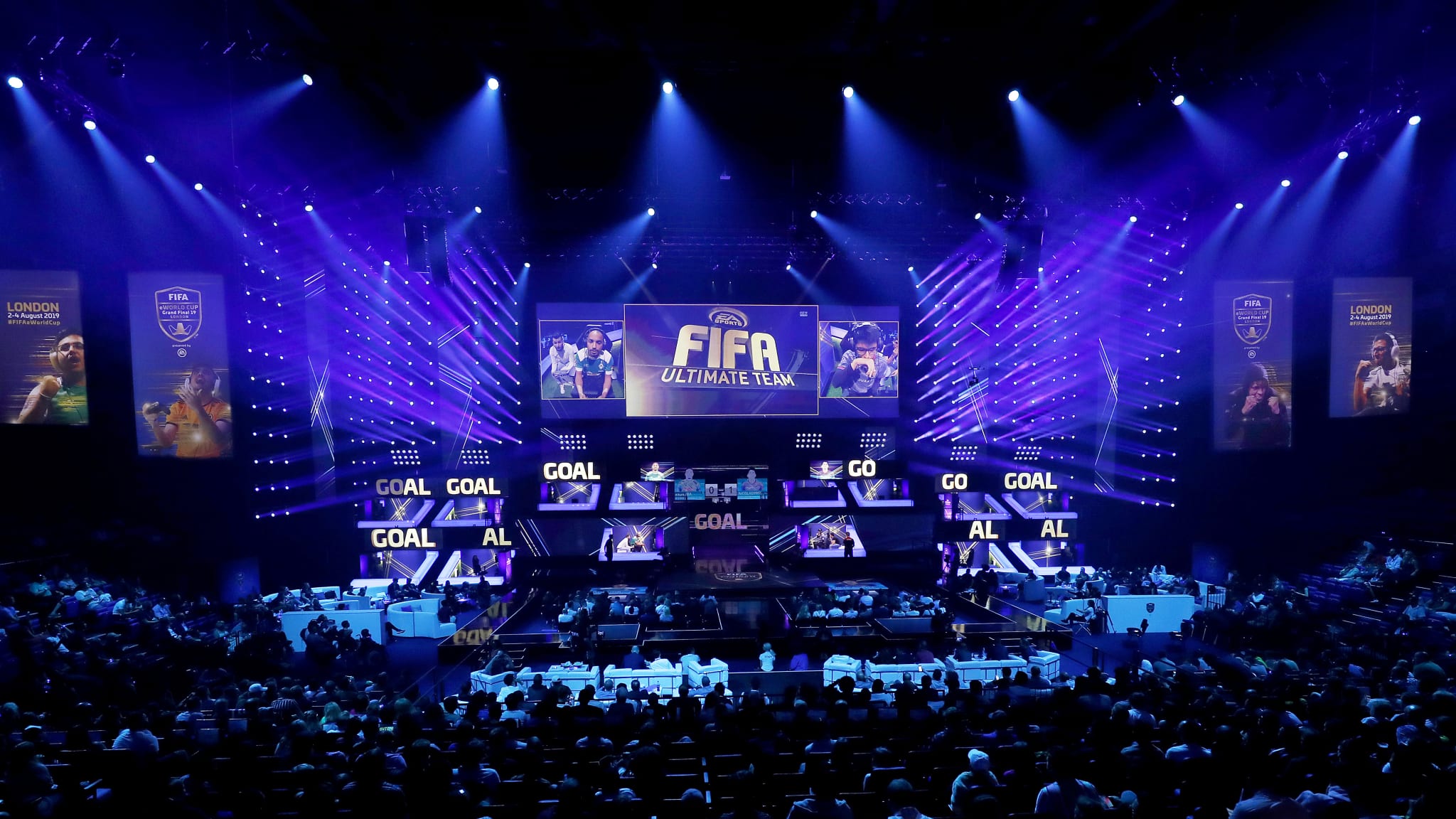The FIFA video game series has long been a staple sports game for casual and hardcore gamers alike. Since its first release on Sega Drive in 1993, it has grown from a game you would play with a group of friends to a global esports title with professional players, tournaments, and dedicated fanbases.
Yet, despite its popularity and ties to the world’s most beloved sport, FIFA’s competitive scene hasn’t quite reached the same heights as other major esports like League of Legends or Counter-Strike. But what’s behind that?
The Birth of Competitive FIFA
Competitive FIFA began with local tournaments in gaming cafes and community centers. These tournaments were played mainly for respect and status among the players, not profit. The turning point took place in 2001 when FIFA was included in the World Cyber Games (WCG) and joined international competition.
But it was the introduction of the FIFA Interactive World Cup (FIWC) in 2004 that really laid the groundwork for competitive seriousness that wasn’t present prior to it. This FIFA and EA Sports-organized tournament, with its online qualifiers and live finals, rapidly grew in popularity and stature as a serious esports competition.

Just like other virtual sports FIFA offers an exciting ways to simulate games between giants that wouldn’t be able to ever meet in real life, just like fantasy sports allows players to create their dream teams out of athletes that could never find themselves in the same team. If you’re looking to dive into the excitement of daily fantasy sports, check out the best DFS apps for unique offers for first time bettors.
Growth and Professionalization
By the mid-2010s, FIFA was a premier esports title.
Large organizations such as ESL and DreamHack started hosting tournaments, giving the game even more exposure. The addition of Ultimate Team (FUT) mode in FIFA 09 brought depth to the gameplay in terms of strategy, and it boosted the appeal for casual and pro gamers alike. Paris Saint-Germain and Manchester City started signing FIFA players, bridging the gap between traditional sports and esports.

Then, later in 2018, EA Sports revamped its competitive format with the FIFA Global Series, which replaced the FIWC. The new format featured regional qualifiers building up to the grand FIFAe World Cup, with bigger prize pools and more matches for players to play and demonstrate their proficiency.
Challenges Compared to Other Esports
Despite the necessary size of the player and fanbase, FIFA has not yet achieved the same degree of recognition as other esports games such as League of Legends or first-person shooters (FPS). The two major reasons explain the difference:
- Limited Game Modes: Competitive play is dominated to a large extent by Ultimate Team mode, which has been criticized for its “pay-to-win” model. Individuals who spend more money can create more powerful teams, making it an uneven playing field that discourages casual players from competitive play.
- Viewer Engagement: As opposed to other games, such as Dota 2 or Overwatch, which have more dynamic gameplay filled with strategic nuances, FIFA’s gameplay can, at times, be less exciting to spectate. This has translated to fewer viewers on Twitch streams in relation to other esports games.
Fanbases and International Competitions
As expected, the countries with established footballing cultures also have significant FIFA esports fan bases. Brazil, Germany, and Spain have hosted top-ranked players to compete internationally. The FIFAe World Cup attracted representatives from all over the globe, with players coming to show off their skills, representing various countries, making it a cosmopolitan competition.

A larger number of international competitions could potentially help further grow the game’s esports footprint. Former tournaments such as the FIFAe Nations Cup already started to dip into national pride by enabling nations to play against one another, just like in real life. Building on this idea with bigger tournaments has the potential to bring in more players and viewers alike.
Future Prospects
The new rebranding as EA Sports FC has brought in new esports circuits, such as FC Pro, which will look to appeal to a broader audience with substantial prize pools. FIFA, or FC now, can solidify its place in esports by focusing on the improvement of viewer experience and by diversifying its format. Perhaps a game mode with specific rules and options designed specifically for competitive esports scenes could define the game better.
Also, using the established relations with actual football clubs can connect the divide between conventional sports fans and esports fans, especially among younger fans. This fusion can result in more sponsorships and investments in the competitive landscape, further cementing EA FC’s place as a serious esports title.

With new tournament features and innovative gameplay aimed toward the competitive sphere, EA FC could hit just what’s necessary for greatness. They might just see its audience grow even more and become one of the biggest esports games out there.
Establishing franchises through collaborations with traditional football clubs that would invest in esports could be the necessary step to push things further. The coming seasons will bring changes, and it remains to be seen how EA Sports FC is going to get back into the esports pecking order. Will it rise to the challenge, or will the competitors eventually outrun it?
 FIFA Infinity The Absolute FIFA Site
FIFA Infinity The Absolute FIFA Site




